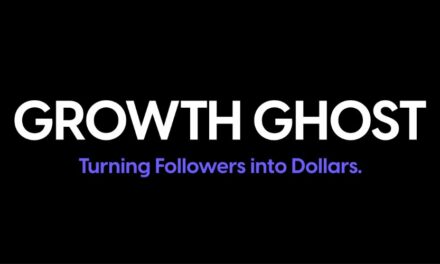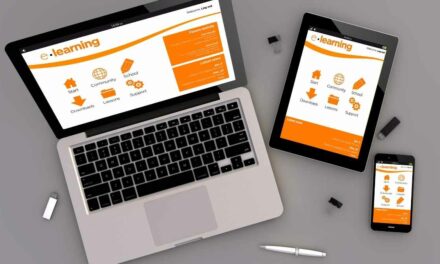In the print world, a magazine’s letters department is all about interaction. It’s important that readers feel like there’s an opportunity for open communication. When all is quiet, I’m not thinking everyone is satisfied, I’m thinking everyone is bored. No news is bad news. Truly, though, when readers send in letters to the editor, they’re not just interfacing with the magazine, they’re sending a shout out to the editor, the staff, and the rest of the readership. It’s not just for fun that the letters page even exists. It’s important for the magazine that readers feel they can have an open dialog with the folks behind the scenes. And this benefits the readers as well-albeit in a very delayed fashion. They’re getting questions answered and, in some cases, affecting change. The letters department helps prevent the magazine from acting like a lump of content. The interaction fosters a sense of community, ownership, involvement, and loyalty, which, of course, helps achieve a sustained subscription base. Any of this sounding familiar? What the letters page accomplishes, on a fundamental level, is added value. Substitute stickiness for subscription, and we can slide right into the point of this editorial.
Web sites that offer content for whatever reason-retail, b2b, entertainment-should not sit back and let passive content do all the talking. We’ve seen sites go mad, obsessively assembling content into a collection that, according to the latest research, will attract and keep a healthy user base-it’s contextual, targeted, dynamic, etc. Yet what we’re experiencing is an increasingly savvy population of Web users whose initial naiveté is quickly wearing off. When they’re not saying, “What have you done for me lately?” they’re saying, “This is good, but how will it make my work/social/home life better? Where is the value here?” And in value we mean action, and the action is the buy-in because users will most likely find value when they’re given the opportunity to take action with the content they’ve been served. I won’t pay for general business or financial content. But if it’s information that enables me to make an informed decision-to take action-then I’ll be more likely to pay for it.
Same goes for interaction. I may not find the motivation to part with my money simply because I’m interacting, but if there’s an opportunity for me to communicate with colleagues, editors, or other experts in my field, I’ll be sure I make a repeat visit and spend quality time. Think of sites like Plastic.com, Slashdot, and even Salon-often the user-submitted content rivals in interest and informative value that of premium content.
The key here is motivation. The added value to a collection of content is the ability to motivate the consumer to get involved. Consider the following:
- The user is drawn to the content out of a perceived benefit for reasons of entertainment or occupational enhancement-to name just a couple.
- The user reads/watches/listens to the content.
- The user must now be able to take action. Can they talk about it, interact with other users, contribute to it, or take it and use it as part of their jobs? Here’s where they’ll either spend money or time.
So, as in the letters department of any print magazine, it’s not just the attraction of the content, it’s the added benefit for users to become attached to the product through some kind of transaction.
There are plenty of sites out there that are complete time-wasters. Some of them are damn good at it and many of us are pretty good at wasting time now and then. But if you’re offering a “solution,” you’d better show your users where the action is.






